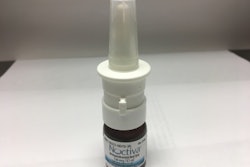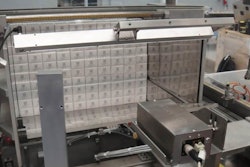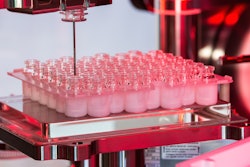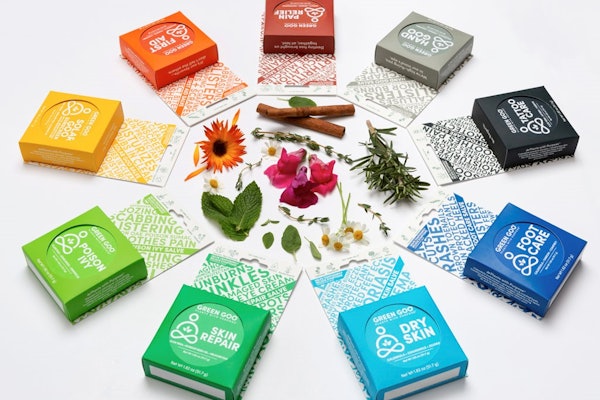Human factors are studied extensively in product development, but these principles should also be studied in healthcare packaging. The discipline—which can apply to anything from consumer products to industrial machinery, software interfaces and more—seeks to ensure that the “item” being studied is safe and easy to use in the real world.
In terms of healthcare, the FDA made human factors and usability engineering a regulatory requirement in 1990 when it created the Design Controls Requirements (21 CFR 820.30), and published a guidance document, Applying Human Factors and Usability Engineering to Medical Devices, in February 2016.
According to Stephen Wilcox, Principal and Founder at Design Science, a contextual inquiry is a real-world study of what people do, including observation and interview while people do their jobs. As Wilcox explained at HealthPack 2017 in Denver, it’s rooted in cultural anthropology, combining both psychology and engineering, and examines the interaction between the “person” and the “thing” being studied.
To start, you must answer three key questions about the user and the product:
In terms of packaging, a contextual inquiry will show, for example, how a medical device kit is actually used in the surgical suite, which will help guide how the kit should be configured. In his work with medical packaging, he noted that he’s found numerous opportunities for improvement. In fact, with one vascular access insertion system, the Arrow ErgoPack System, the ease of use of the packaging became a main selling point.
Wilcox stressed the importance of stepping outside the office and performing human factors research because the actual use can vary dramatically from the intended use. “If you haven’t observed it, how you think it’s used is probably inaccurate.”
People refuse to read
Once you have the data, how do you use or display it? That is quite the science in itself. Wilcox offered an example of a matrix that showed the length of time each tool was used in a set of procedures, where many devices were being used in a short period of time. The matrices were color coded based on the individuals using the tools. “Any time you have multiple items being used, you can graph the timing of the use of each device or component,” he said. Companies always want to simplify things and reduce stress; the data featured color-coded, “overlaid” bars that represented stress levels of staff in the procedure. Using the matrices, a company could identify the hot button areas for reducing complexity in a procedure where they would get the most “bang for their buck.”

Note: Wilcox explained that there’s been a long voyage in trying to understand how to measure stress levels physiologically. Typically, this involves the measurement of respiration and heart rate, which is fed to an algorithm and correlated to a stress level.
The graphics that Wilcox uses in his studies are valuable in conveying complex concepts and making them accessible. “People in teams developing packaging will not read our reports. It breaks my heart. I know I’m shocking you with this information, but people won’t read thick reports,” he lamented as the audience laughed. The data is better used in a visual format in meetings where decisions are being made. “It won’t have an effect in ‘report form’ in a meeting. You have to put it up [on the wall or screen] so they can refer to it and pull out relevant information.”
Wilcox cited other useful graphics:
-
A room layout, such as a surgical suite, that shows where items tend to be placed, with color-coded lines for communication, instrument exchanges and staff movement.
-
A story board displaying how a task unfolds. This may show multiple workflows for different ways a procedure can be performed. If you have a new design, you can ask yourself “What is the procedure that would flow from this new iteration, and how does it compare to what people do today in the current story board?”
-
A rainbow spectrum to show correct use of a given package or device.
What might you learn?
Human factors studies will shed light on where opportunities for improvement lie throughout the life of the package. You’ll see how the product is taken from the carton, how it is transported, how people find it when it’s needed and how it is logged into various systems. Wilcox advises that people follow their packages from shipment to disposal, and “it’s incredible” how many opportunities you’ll find.
























